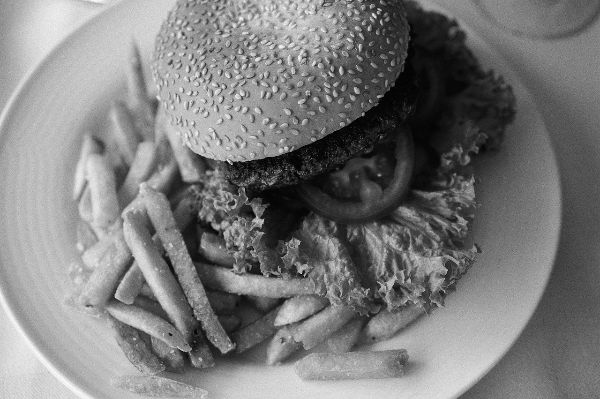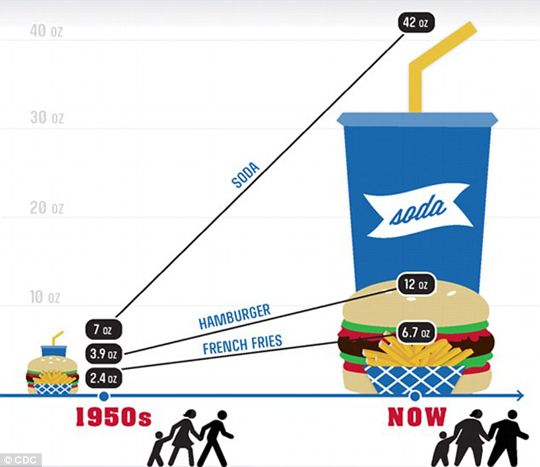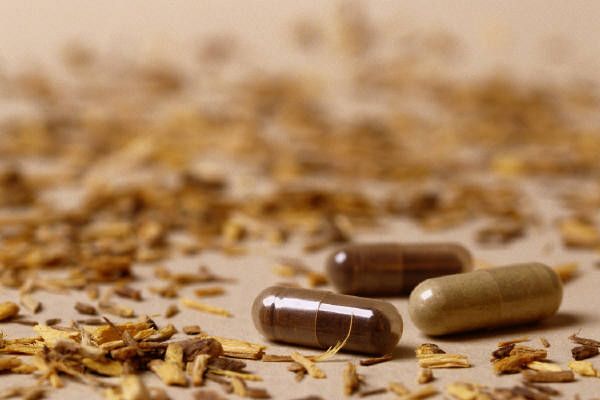Supersized:
You Are What You Eat
Posted on July 9th, 2012 by Dr. Andrea Hoglen

The CDC (Centers for Disease Control and Prevention) has released a new graphic to help raise awareness of one potential cause of weight gain.
As many in healthcare know already, Obesity and Type II Diabetes (non-insulin dependent diabetes) are both at epidemic proportions in our society. This is alarming not just due to the numbers, but also due to how incredibly preventable both of these conditions are.
The article below, on Food Portion Sizes from the CDC discusses "portion distortion" or the vast difference between how much should be eaten, and how much is likely to be served. The best example of this is a bottled soda that you get from the average vending machine. Most individuals drink the whole bottle, or the portion that was presented to them. However, a single serving from a nutritional perspective is often half or less than half of the bottle. Meaning that when you drink the whole bottle, you're getting double the sugar that the label reports.

If you didn't read it already, I highly advise that you read my post about sugar before taking that too lightly.
The numbers don't lie. Since the 1950's the average American is 26lbs heavier. Our soft drinks are 6 times larger and are sweetened with high-fructose corn syrup. The average burger and fries are 3 times larger than they were. Even if you don't eat any "fast food", the portion sizes in everything from drinks to fruit snacks to sit-down restaurant food have grown dramatically.
This means that the average person looking to stay healthy has to be more careful than ever about how much they are eating, not to mention what they're choosing to eat.
What does this mean for you?
First, I advise everyone to cut out the soda. All you get are empty calories and caffeine, when you could be getting hydration instead. Save yourself the money and drink water. Avoid fast food as much as possible, and make sure you're eating 5 servings of vegetables per day. With that much vegetable intake, you'll ensure that you get plenty of fiber and micro-nutrients, while at the same time, filling you up so that you're not feeling hungry all the time.
Lastly, it is important to exercise at least 30 minutes per day. I've talked about it before, and though it seems like a lot, just 30 minutes of walking done 6 or more days per week will dramatically reduce your risk factors for Type II Diabetes and other obesity-related health concerns.
Reference: Division of Nutrition and Physical Activity. Research to Practice Series No. 2: Portion Size. Atlanta: Centers for Disease Control and Prevention, 2006. View Article

Looking to cut down on caffeine or manage how much you are really addicted to?
Check out this chart showing the amount of caffeine in beverages!

We all know that sugar might be delicious, but it isn't good for our bodies. Learn more about the real consequences of refined sugar consumption.

Eveyone thinks they know what "eating healthy" is, but do you?
This personal commentary from Dr. Andrea will help you improve your diet.

Did you know that your body needs b-vitamins to turn food into energy and to process stress?
Learn more about how and why these nutrients are essential for you!
Share this Article!